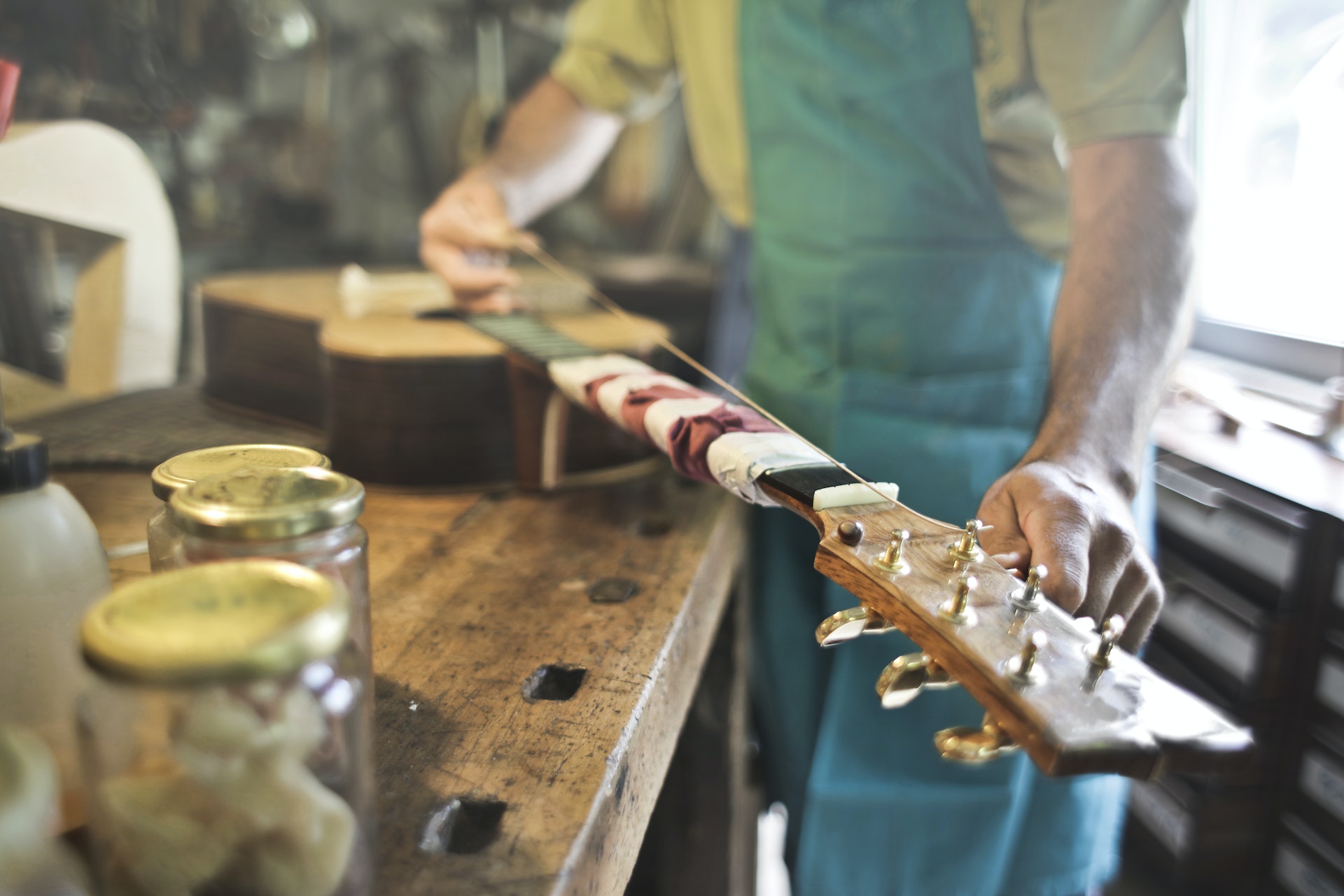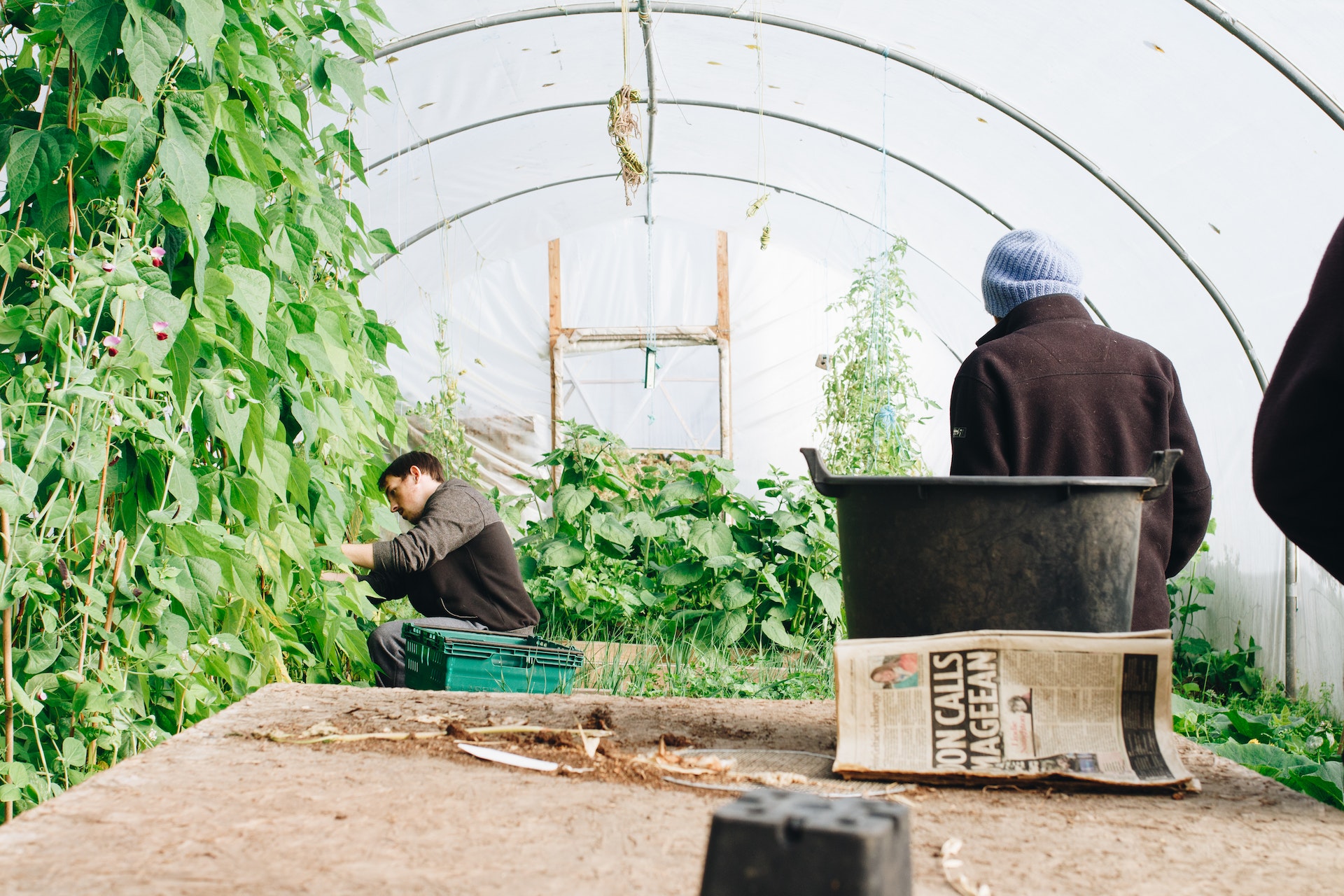Biodegradable products are gaining popularity as sustainable alternatives to traditional non-biodegradable items. These products are designed to break down naturally into harmless components, reducing their environmental impact. In this blog post, we will explore the process of manufacturing biodegradable products, from sourcing raw materials to production techniques and the incorporation of eco-friendly practices. By understanding how biodegradable products are made, we can appreciate the efforts involved in creating environmentally friendly alternatives and support their widespread adoption. Join us as we delve into the fascinating world of biodegradable product manufacturing and discover the steps taken to produce these eco-conscious solutions.
Manufacturing process of biodegradable products

1. Sourcing Sustainable Raw Materials
The first step in producing biodegradable products is sourcing sustainable raw materials. We will explore various options, such as plant-based materials like cornstarch, bamboo, and sugarcane, as well as recycled or upcycled materials. Understanding the importance of responsible sourcing and its impact on the overall sustainability of the product is crucial.
2. Design and Product Development
The design and product development phase involves translating the concept into a tangible and functional product. We will discuss the considerations, such as product functionality, durability, and end-of-life options, that are taken into account during this stage to ensure the product meets both consumer needs and sustainability goals.
3. Manufacturing Processes
The manufacturing process for biodegradable products varies depending on the type of material used. We will explore different techniques, including injection molding, extrusion, and compression molding, and their application in producing biodegradable products. We will also highlight energy-efficient manufacturing practices and the use of eco-friendly production technologies.
4. Biodegradable Additives and Composting
Incorporating biodegradable additives is a common practice in enhancing the biodegradability of products. We will discuss the role of additives such as enzymes and microorganisms in speeding up the decomposition process. Additionally, we will explore the importance of proper composting methods for biodegradable products to ensure they break down effectively.
5. Quality Control and Testing
Ensuring the quality and performance of biodegradable products is vital. We will examine the quality control measures and testing procedures implemented during the manufacturing process. This includes assessing factors such as strength, durability, and biodegradability to meet industry standards and consumer expectations.
6. Packaging and Labeling

Packaging plays a crucial role in maintaining the integrity of biodegradable products. We will discuss sustainable packaging options, such as bioplastics and compostable materials, and the importance of clear labeling to educate consumers about the product’s biodegradability and proper disposal methods.
7. Compliance with Regulations and Certifications
Manufacturers of biodegradable products must comply with environmental regulations and certifications to ensure their products meet established standards. We will explore the certifications available, such as the Biodegradable Products Institute (BPI) certification, and the importance of transparency and accountability in the biodegradable product industry.
8. Market Demand and Future Innovations
The market demand for biodegradable products continues to grow, driving innovation in the industry. We will discuss emerging trends, such as bio-based materials and advanced manufacturing techniques, that hold promise for the future of biodegradable product manufacturing. Additionally, we will explore the role of consumer awareness and sustainable purchasing decisions in shaping the market landscape.
Conclusion:
In conclusion, the process of making biodegradable products involves using natural, renewable materials and designing them to break down naturally. By choosing biodegradable products, we can reduce our impact on the environment and promote a more sustainable future. The production of biodegradable products involves careful consideration of raw materials, manufacturing processes, and sustainable practices. By understanding how biodegradable products are made, we can appreciate the efforts made by manufacturers to reduce environmental impact. It is crucial that we support the widespread adoption of biodegradable products and encourage innovation in the industry. Together, we can contribute to a more sustainable future by choosing biodegradable alternatives that minimize waste, conserve resources, and promote a healthier planet.



